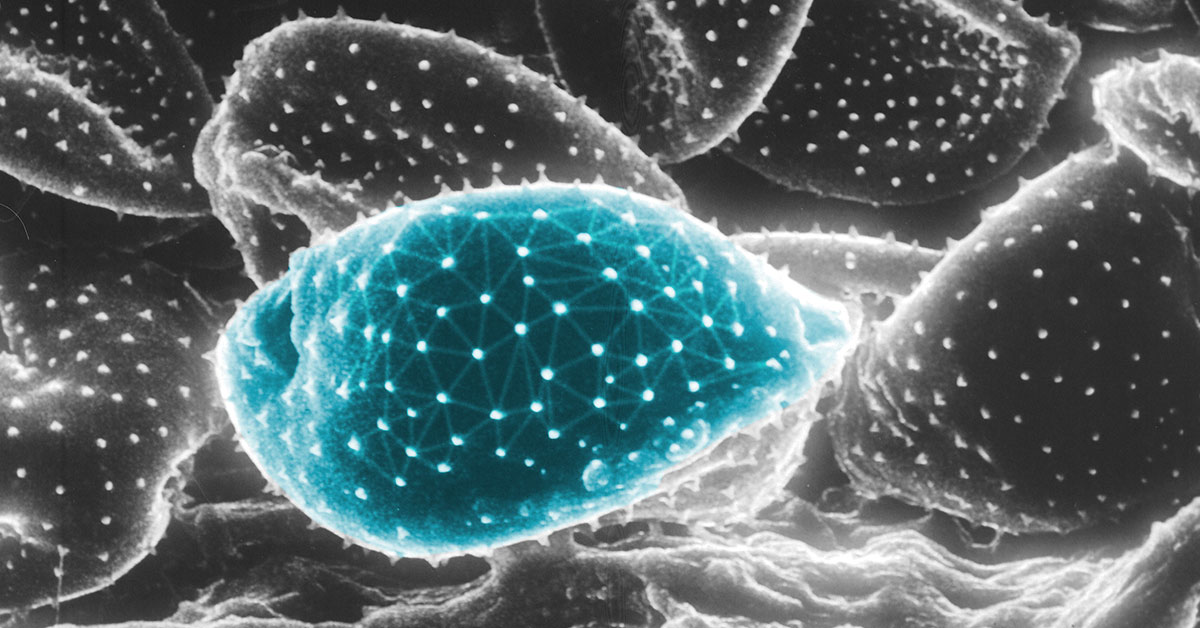This may sound like the plot line for a sci-fi movie, but I assure you, it’s not. Scientists have created the world’s first-ever living, self-healing, programmable organism. That’s right: Creatures that are part robot, part real, biological living thing. (1)
Scientists Create The First-Ever Living, Programmable Organism
They can walk, swim, work in groups, survive for weeks without food, and even heal themselves. Xenobots – the world’s first programmable organisms – are here. (1)
Xenobots are named after the animal that their cells are from: The African clawed frog, scientifically known as Xenopus laevis. (2) These part living organisms-part machines are less than one millimeter (0.04 inches) wide and have been dubbed “entirely new life forms” by the University of Vermont. (2, 3)
The research is published in The Proceedings of the National Academy of Sciences of the United States of America (PNAS).
How Xenobots Are Made
Frogs’ stem cells are what bring these tiny programmable organisms to life. (2) These are unspecialized cells that can adapt and develop into different cell types. (4)
To make the xenobots, researchers took live stem cells from frog embryos and incubated them. Next, they cut and reshaped the cells into specific body forms designed by a supercomputer. According to the University of Vermont, xenobots’ “bodies” are unlike any organisms that already exist. (2)
“These are novel living machines,” says Joshua Bongard, UVM computer scientist, and robotics expert who co-led the new research. “They’re neither a traditional robot nor a known species of animal. It’s a new class of artifact: a living, programmable organism.” (2)
The goal is for the xenobots to achieve certain tasks, like move toward a target. The supercomputer reassembled a few hundred simulated cells into various forms and body shapes repeatedly based on the capabilities of single frog skin or heart cells. (2)
Once the computer narrowed it down to successful designs, UVM passed them off to Tufts University biologists. These scientists combined the designs with the stem cells from the frog embryos to bring the programmable organisms to life. (2)
The skin cells provide structure, while the heart cells, which have the ability to contract, are what propel the xenobots forward. The designs inside them created by the computer are what allow them to move on their own. (2)
Xenobots cannot reproduce or evolve; however, in a nutrient-dense environment, they can drastically increase their lifespan. (3)
What Programmable Organisms Can Do
On the outside, they don’t look like robots at all, but more teeny-tiny pink blobs. The researchers call them “biological machines.” Made of actual, real flesh, xenobots have the capability to go places and do things that robots made of plastic or metal can’t. (1, 3)
“Most technologies are made from steel, concrete, chemicals, and plastics, which degrade over time and can produce harmful ecological and health side effects.” The researchers wrote at the beginning of their study. (1)
Xenobots are made of self-renewing materials that are not harmful to living tissue. This, of course, can have a variety of positive applications. (1, 3)
Pros of Xenobots
Potentially, there are various positive things these little living programmable organisms can do. Some of these include (4):
- Cleanup radioactive waste
- Collect microplastics from the ocean
- Carry medicine inside human bodies
- Go into human arteries and scrape out plaque.
- Repair congenital disabilities (birth defects)
- Reprogram tumors into normal tissue
- Regenerate tissues after a traumatic injury or degenerative disease
Xenobots have the potential to improve humanity and could very well be the answer to several human diseases. That being said, some legal and ethical questions need to be considered. (5)
Legality and Ethics of a Programmable Organism
As with anything, powerful technology in the right hands can do wonderful things for humanity and the planet. In the wrong hands, of course, there are more dangerous possibilities. (5)
Some fear that evil people could use Xenobots for hostile biological purposes. Others worry about the technology advancing so that the bots can live longer and reproduce. What if they malfunction and go rogue or out-compete with other species? (3, 5)
If the scientists make them sentient – which they might need to complete more complex tasks – is an entire other ethical conversation. (3)
Another worry is that artificial intelligence could weaponize programmable organisms. The researchers say it is a possibility, but it is not more of a concern over anything else. (3)
“An AI intent on causing harm seems unlikely, but designing organisms with unintentional side effects is a possible outcome for this technology,” they explained. “At the moment though, it is difficult to see how an AI could create harmful organisms any easier than a talented biologist with bad intentions could.” (3)
One thing they all agree on is as the technology continues to advance, setting regulations regarding its use and who has access to it will be an important next step. (3) Until then, we’ll have to wait and see where these new programmable organisms go next.
Keep Reading: Earth Is Spinning So Fast Scientists Might Delete Time From The Day
References
- “A scalable pipeline for designing reconfigurable organisms.” PNAS. Sam Kriegman, et al. January 28, 2020.
- “Team Builds the First Living Robots.” UVM.
- “Computer-designed organisms.” CDO’s.
- “Meet the xenobot: world’s first living, self-healing robots created from frog stem cells.” CNN. Jessie Yeung. January 15, 2020.
- “Not bot, not beast: Scientists create first ever living, programmable organism.” Phys. Simon Coghlan, Kobi Leins. January 20, 2020.

